‘Killers of the Flower Moon’ Review: Killing Fields
Martin Scorsese enlists his two favorite leading men to serve up a full-course meal of cinema in 'Killers of the Flower Moon.'

A juicy drama about a horrid chapter of American history, Martin Scorsese’s Killers of the Flower Moon (★★★★☆) isn’t the first big-screen chronicle of the Osage Indian murders of the 1920s. Native American filmmaker James Young Deer released silent thriller Tragedies of the Osage Hills in 1926, while the case was still making headlines.
But Deer’s Tragedies met its own tragic end, every print of the film seemingly lost long ago. So, for now, Scorsese’s opus — based on David Grann’s acclaimed nonfiction book, Killers of the Flower Moon: The Osage Murders and the Birth of the FBI — stands as the definitive cinematic depiction of this disturbing real-life criminal conspiracy.
Notably, the film, written by Scorsese and Eric Roth, plunges into the heart of that conspiracy by following, chiefly, the perspective of one of the men behind it, Ernest Burkhart.
Portrayed by Leonardo DiCaprio as a mumbly, moody World War I vet with a moral code as murky as his frontier-era teeth, Burkhart arrives in Fairfax, Oklahoma looking for easy work and money.
He and his brother Bryan (Scott Shepherd) are taken on as hired hands by their wealthy cattle baron uncle, the self-proclaimed King of the Osage Hills, William King Hale, embodied with gusto by Robert De Niro.

Hale also proclaims his undying love for the Osage people, while schooling his nephew on the tribe’s history of being forced by the U.S. government from their vast ancestral lands to these hills in Oklahoma, which, as it turned out, are rich in oil. Scorsese illustrates the backstory in multiple formats, starting with opening shots juxtaposing the Osage laying a body to rest in the ground with the spectacle of all that black gold bursting up from the same soil.
The camera rises up to the heavens for a shot of oil fields stretching towards the horizon, wells pumping as far as the eye can see, pumping cash into the coffers of the Osage, who, by law, held all rights to the property. Newsreel footage of the era shows off bejeweled Osage ladies wrapped in elegant traditional blankets, escorted by fine-suited gentlemen, all being driven in chauffeur-driven luxury automobiles.
Unsurprisingly, the King of the Osage Hills wants those oil rights and riches for himself. Hale is the first to suggest to Ernest that his nephew should consider marrying Osage woman Mollie Kyle, the calm center of her large family, and of this film, portrayed with grit and tenderness by Lily Gladstone.
Hale tells Ernest to look at marrying Mollie as an investment. Even more brazenly, Hale outlines his vision for the rights held by Mollie and her family to flow directly toward him, a better steward of the land in his racist estimation. De Niro firmly captures Hale’s sense of entitlement, carefully wrapped in a wicked sense of humor. All Hale surveys, he thinks should be his, whether he has any right to it or not.
Yet, he is a family man and pillar of his community, who, based on decades of seeming friendship, is trusted by the Osage — as Mollie trusts Ernest. According to this portrayal, Ernest genuinely loves his wife, despite actively conspiring with his uncle to decimate her entire family and usurp their land.
DiCaprio lends credibility to Ernest’s contradictions by dumbing the character down. Ernest is a limited guy, cowed by his powerful uncle, and driven by greed. Like many abusers, he really believes he shows love and caring to his wife.
Still, as the film emphasizes, Mollie moves alone in her crusade to solve the horrific spate of unexplained deaths and outright homicides tearing through her community. Gladstone casts a potent light in the role, projecting Mollie’s irrepressible determination through her veil of grief and sickness. Mollie is justice, and justice will not be denied.
But it can be delayed. In his most duplicitous turn, King Hale meets with the Osage Council and makes a show of hiring an investigator to get to the bottom of the crimes terrorizing their county. How can a man say he loves the Osage, be embraced by them, yet conspire to eradicate them all? Can it possibly be just for money?
These are gangster moves that Scorsese cheekily denotes in a shot that directly references De Niro’s performance in The Untouchables, with King Hale plotting like an Old West Al Capone as he gets a shave. The insidiousness of Hale’s evil, hiding behind a friendly smile, is infuriating and yet truthful. Scorsese and company don’t shy from the ugliness of these events, in terms of moral character or bodily harm. The deaths and images are grisly.
This history is grisly, and happened on a far greater scale than just what befalls the family of Mollie Burkhart in the film. In nearby Tulsa, another racist massacre makes headlines, as we see King Hale inside a theater watching a newsreel about the so-called race riots, where an angry white mob attacked the city’s Black enclave, killing dozens, displacing thousands.
Ultimately, justice does arrive for the Osage, in the unlikely form of the nascent Federal Bureau of Investigations, represented by Agent Tom White (Jesse Plemons, excellent as usual). White’s case files largely informed Grann’s book, and, thus, the film’s story, which suffers for its lack of perspective on why the Osage gave such a pass to King Hale, the obvious enemy in their midst.
History, unfortunately, has not provided us with Mollie’s version of what she believed about William King Hale, or what she saw in Ernest Burkhart. But this film’s very existence, and Gladstone’s soulful performance, attest to the fact that Mollie fought for her people and stood strong enough that their story would not be erased.
Killers of the Flower Moon is playing in theaters nationwide. Visit www.fandango.com.
Support Metro Weekly’s Journalism
These are challenging times for news organizations. And yet it’s crucial we stay active and provide vital resources and information to both our local readers and the world. So won’t you please take a moment and consider supporting Metro Weekly with a membership? For as little as $5 a month, you can help ensure Metro Weekly magazine and MetroWeekly.com remain free, viable resources as we provide the best, most diverse, culturally-resonant LGBTQ coverage in both the D.C. region and around the world. Memberships come with exclusive perks and discounts, your own personal digital delivery of each week’s magazine (and an archive), access to our Member's Lounge when it launches this fall, and exclusive members-only items like Metro Weekly Membership Mugs and Tote Bags! Check out all our membership levels here and please join us today!








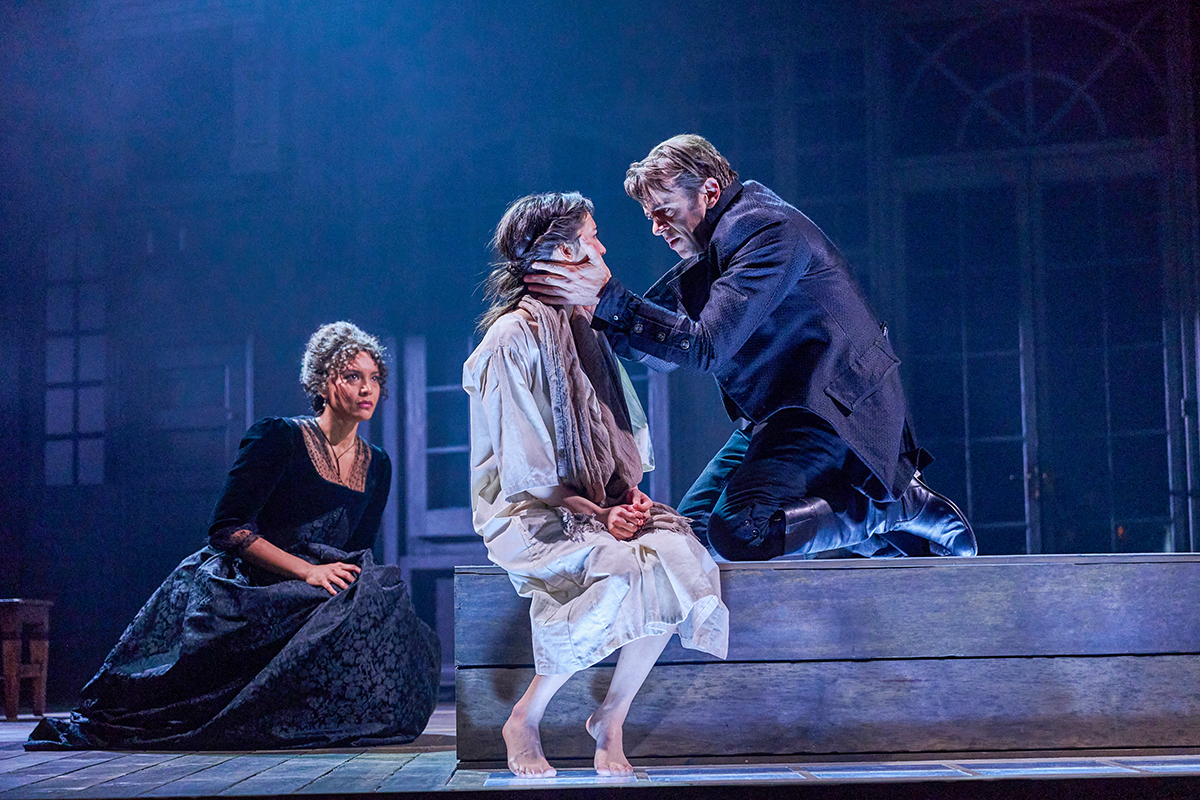

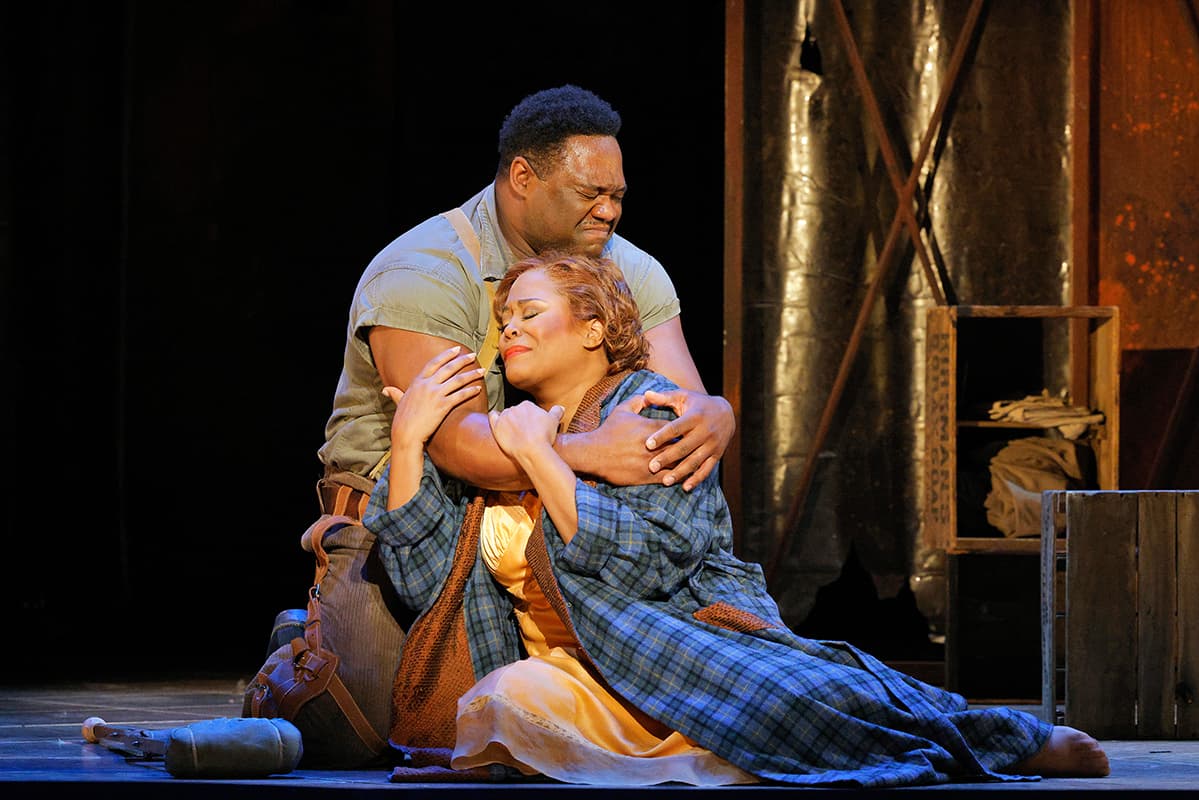
















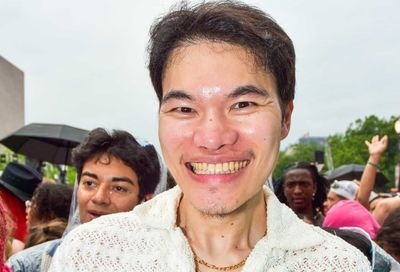
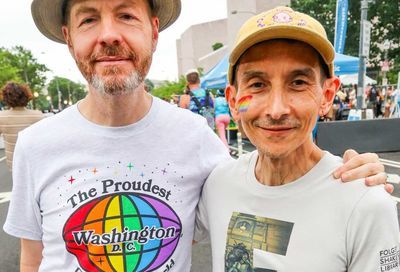
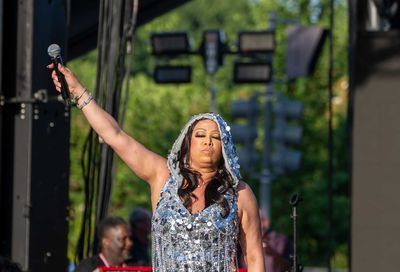

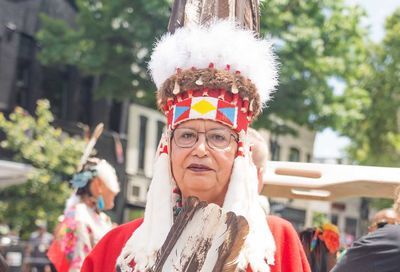

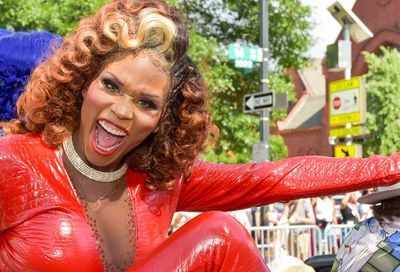
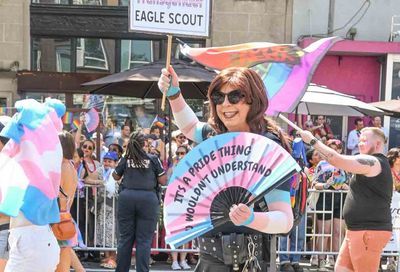
You must be logged in to post a comment.